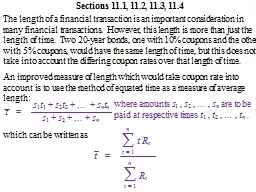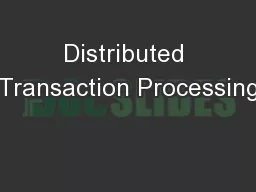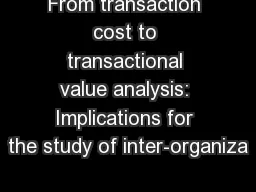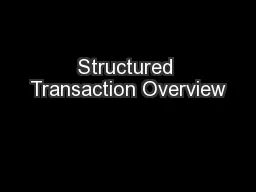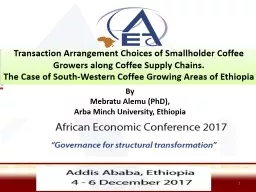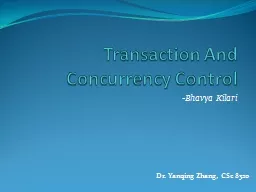PPT-The length of a financial transaction is an important consi
Author : luanne-stotts | Published Date : 2016-04-07
Sections 111 112 113 114 An improved measure of length which would take coupon rate into account is to use the method of equated time as a measure of average length
Presentation Embed Code
Download Presentation
Download Presentation The PPT/PDF document "The length of a financial transaction is..." is the property of its rightful owner. Permission is granted to download and print the materials on this website for personal, non-commercial use only, and to display it on your personal computer provided you do not modify the materials and that you retain all copyright notices contained in the materials. By downloading content from our website, you accept the terms of this agreement.
The length of a financial transaction is an important consi: Transcript
Download Rules Of Document
"The length of a financial transaction is an important consi"The content belongs to its owner. You may download and print it for personal use, without modification, and keep all copyright notices. By downloading, you agree to these terms.
Related Documents

